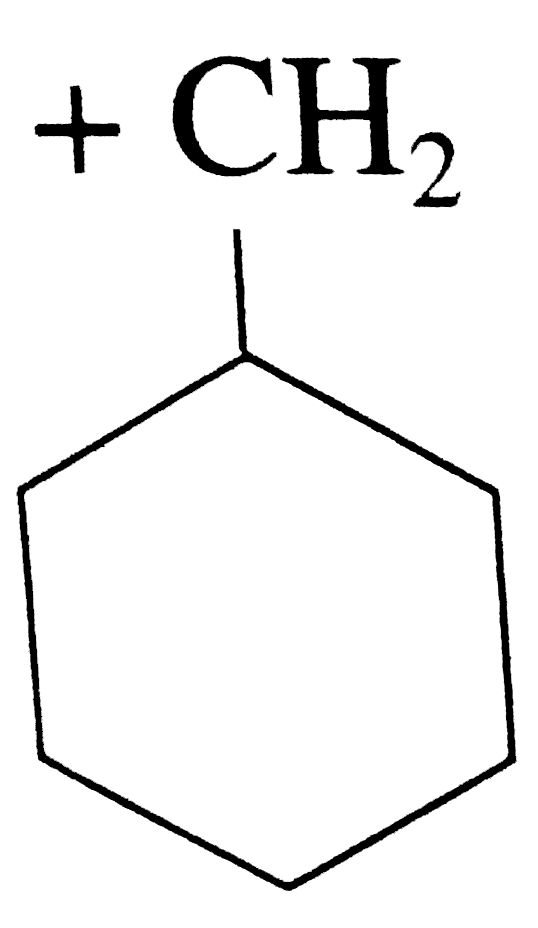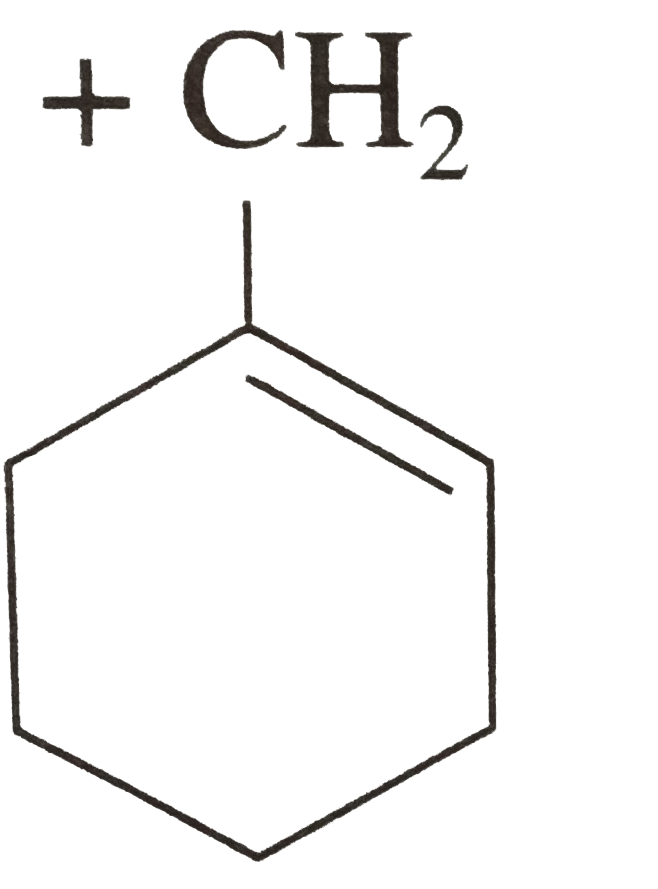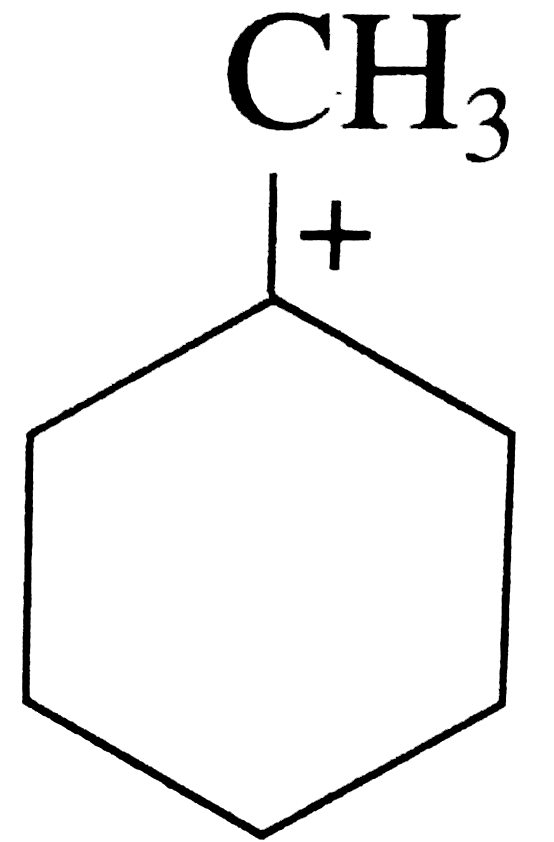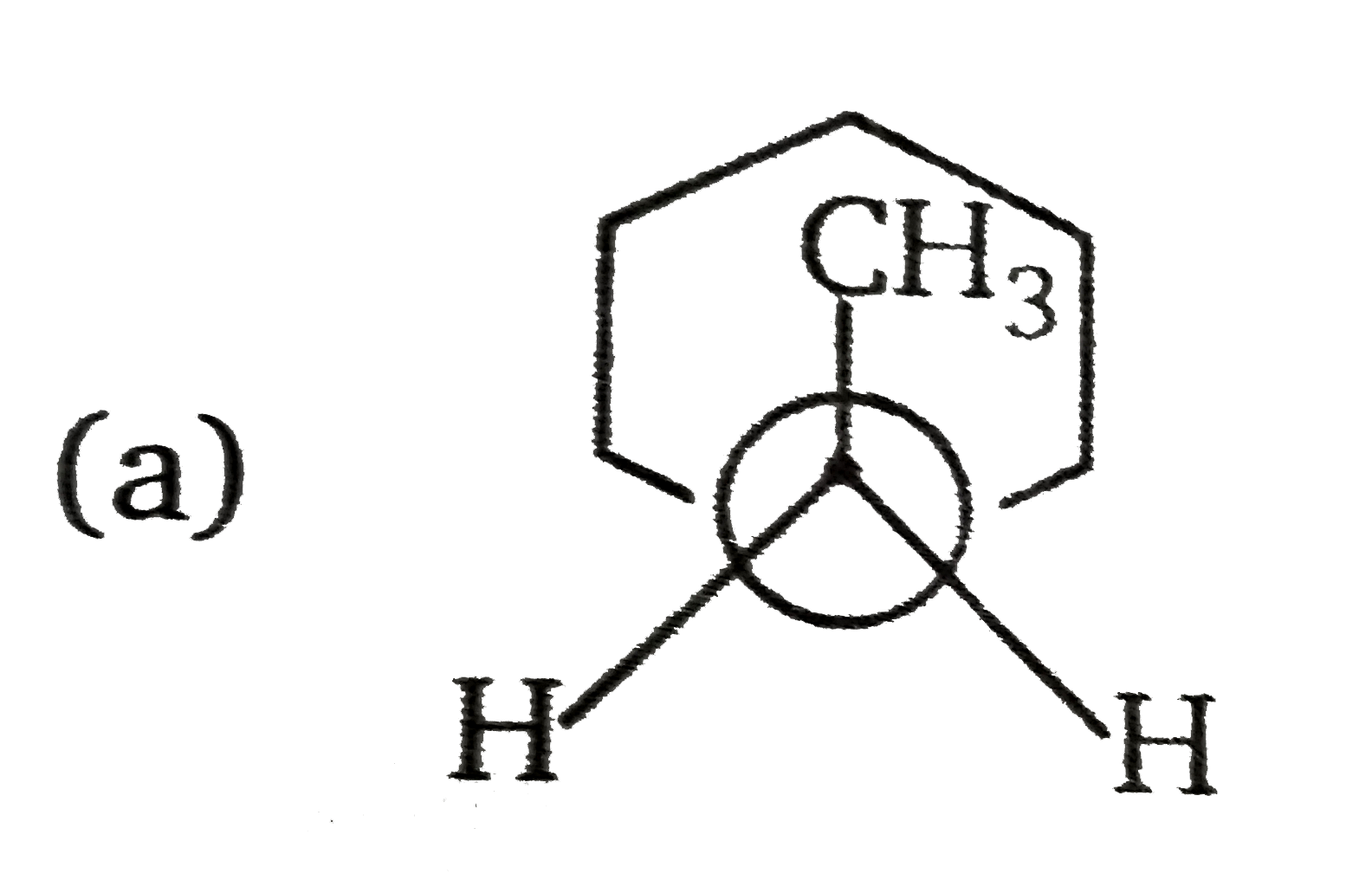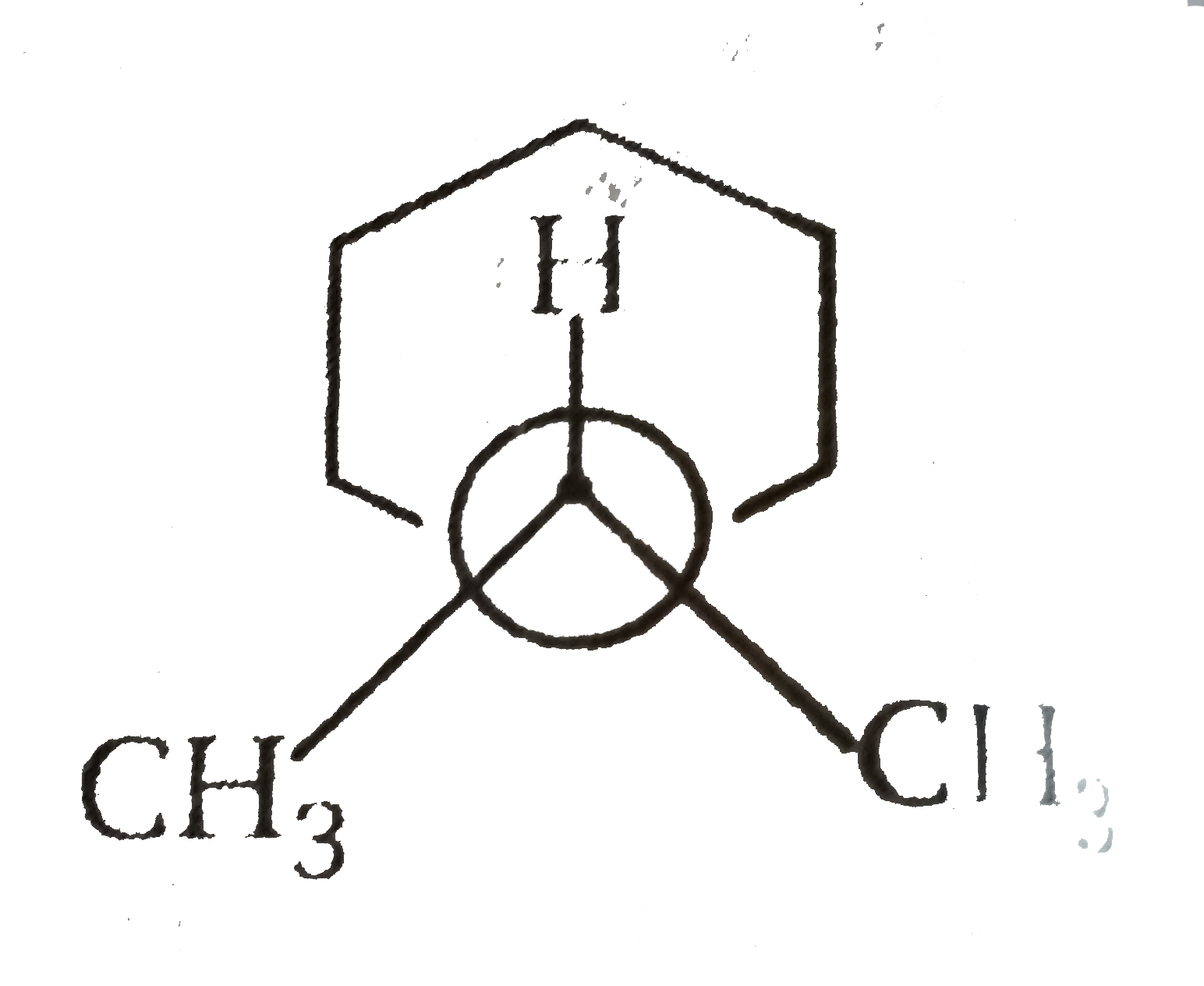Explore topic-wise InterviewSolutions in .
This section includes InterviewSolutions, each offering curated multiple-choice questions to sharpen your knowledge and support exam preparation. Choose a topic below to get started.
| 28851. |
The magnetic moment of [NiX_(4)]^(2-) ion is found to be zero. Then the ion is : (X=monodentate anionic ligand) |
|
Answer» `SP^(3)` hybridised |
|
| 28852. |
The magnetic moment (spin only) of [NiCl_(4)]^(2-) is : |
|
Answer» 2.82 BM  No. of unpaired electrons = 2 Magnetic moment, `u=SQRT(n(n+2))` `=sqrt(2(2+2))=2sqrt(2)=2xx1.414=2.828BM` |
|
| 28853. |
The magnetic moment of Ni^(+2) is sqrtx,'x' is |
Answer»  No. of unpaired ELECTRONS, n=2 `mu_(s)=sqrt(n(n+2))BM=sqrt(2(2+2))BM=sqrt(8)BM)` |
|
| 28854. |
The magnetic moment of [MnX_(4)]^(2-) is 5.9 BM. The geometry of the complex ion is: (X=monodentate halide ion) |
|
Answer» tetrahedral |
|
| 28855. |
The magnetic moment of the complex : K [Cr(H_2O)_2(C_2O_4)_2].3H_2O is : |
|
Answer» 3.87 BM |
|
| 28856. |
The magnetic moment of two ions M^(x+) and M^(y+) of the element M(Z=26) is found to be 5.916B.M. If x gt y, then which of the following statement is correct? |
|
Answer» `M^(y+)` is more STABLE than `M^(X+)` |
|
| 28857. |
The magnetic moment of [Mn(CN)_(6)]^(3-) is 2.8 B.M and that of [MnBr_(4)]^(2-)is 5.9 B.M. What are the geometries of these complex ions |
|
Answer» Solution :For complex `[Mn(CN)_(6)]^(3-)`, the NUMBER of unpaired electrons is calculated as, `2.8 = sqrt(n(n+2)) IMPLIES n = 2` `[Mn(CN)_(6)]^(3-)` has TWO unpaired electrons. Hence the geometry is octahedral with dsp hybridisation. For complex `[MnBr_(4)]^(2-)` the number of unpaired electrons is calculated as `5.9 = sqrt(n(n+2)) implies n=5` `[MnBr_(4)]^(2-)`has 5 unpaired electrons. Hence the geometry is tetrahedral with `sp^(3)` hybridisation |
|
| 28858. |
The magnetic moment of Mn^(2+) ion is |
|
Answer» Solution :`Mn^(2+) IMPLIES "3d CONTAINS 5 unpaired electrons"` `n= 5, ……..= sqrt(n(n+2))BM` `= sqrt(5(5+2))= sqrt(35)= 5.92BM` |
|
| 28859. |
The magnetic moment of coordination compounds can be measured by magnetic ______ experiments. |
|
Answer» |
|
| 28860. |
The magnetic moment of complex given below are in the order: (I) [Ni(CO)_(4)] (II) [Mn(CN)_(6)]^(4-) (III) [Cr(NH_(3))_(6)]^(3+) (IV) [CoF_(6)]^(3-) |
|
Answer» IgtIIgtIIIgtIV |
|
| 28861. |
The magnetic moment of Cr^(3+) is similar to that of |
|
Answer» `FE^(2+)` |
|
| 28862. |
The magnetic moment of autocatalyst formed in the reaction between acidified oxalic acid and potassium permanganate |
|
Answer» 5.9 B.M |
|
| 28863. |
The Magnetic moment of Autocatalyst formed in the reaction between Acidified oxalic acid and potassiumpermanganate |
|
Answer» 5.9 B.M |
|
| 28864. |
The magnetic moment of Ce^(3+) (Z = 58) on the basis of spin only formula is |
| Answer» Answer :B | |
| 28865. |
The magnetic moment of an iron compound is 5.918 BM, then the oxidation state of iron in this compound will be |
|
Answer» O |
|
| 28866. |
The magnetic moment of an ion is sqrt(24) B.M. Then that ion may be |
|
Answer» `MN^(2+)` |
|
| 28868. |
The magnetic moment of a transition metal of 3d series is sqrt48 B.M. Its electronic configuration is |
|
Answer» `3D^(1)4s^2` |
|
| 28869. |
The magnetic moment of an ion in its +3 oxidation state is 3.85 BM. The number of unpaired d-electrons present in it are |
|
Answer» 2 |
|
| 28870. |
The magnetic moment of a transition metal ion is sqrt(15) B.M. Therefore the number of unpaired electrons present in it is |
|
Answer» 4 where n=no. of unpaired electrons GIVEN `mu=sqrt(15)` `:.sqrt(15)=sqrt(n(n+2))implies15=(n+2)` This is POSSIBLE only when n=3. |
|
| 28871. |
The magnetic moment of a transition metal ion is found to be 4.90 BM. The number of unpaired electrons present in the ion is |
|
Answer» Both ASSERTION and REASON are TRUE, and reason is the correct explanation of the assertion. |
|
| 28872. |
The magnetic moment of a transition metal ion is found to be 3.87 Bohr Magneton (BM). The number of unpaired electrons present in it is: |
|
Answer» |
|
| 28873. |
The magnetic moment of a compound of cobalt is 3.87BM, the compound is…. |
|
Answer» `[CO(H_(2)O)_(6)]^(+3)` |
|
| 28874. |
The magnetic moment of a complex ion is 2.83 BM. The complex ion is : |
|
Answer» `[V(H_(2)O)_(6)]^(3+)` |
|
| 28875. |
The magnetic moment of a transition metal ion is found to be 3.87 B.M. It is probably : |
|
Answer» `Fe^(2+)` |
|
| 28876. |
The magnetic moment is associated with its spin angular momentum. Spinonly magnetic moment value of Cr^(3+) ion is ………... |
|
Answer» 2 87 M |
|
| 28877. |
The magnetic moment is associated with its spin angular momentum and orbital angular momentum. Spinn only magnetic moment value of Cr^(3+) ion is "…..........." |
|
Answer» 2.87 B.M. |
|
| 28878. |
The magnetic moment is associated with its spin angular momentum and orbital angular momentum. Spin only magnetic moment value of Cr^(3+)ion is |
|
Answer» 2.87 B.M `MU = SQRT( N (n+2)) = sqrt(3(3 + 2)) = 3.87 B.M` |
|
| 28879. |
The magnetic moment is associated with its spin angular momentum and orbital angular momentum, Spin only magnetic moment value of Cr^(3+) ion is… |
| Answer» Solution :`MU= SQRT(N(n+1)) = sqrt(3(3 +2)) = 3.87BM` | |
| 28880. |
The magnetic moment if a divalent ion in aqueous solution if its atomic number is 25 : |
|
Answer» 2.84 BM |
|
| 28881. |
The magnetic moment for two complexes of empirical formula Ni(NH_(3))_(4)(NO_(3))_(2).2H_(2)O is zero and 2.84 BM respectively. The second complex is not a netural complex. Which of the following statement are true for the second complex ? |
|
Answer» It has the EAN VALUE of 36 |
|
| 28882. |
The magnetic moment for two complexes of empirical formula Ni(NH_(3))_(4)(NO_(3))_(2).2H_(2)O is zero and 2.84 BM respectively. The second complex is not a netural complex. The correct formula and geometry of the first complex is : |
|
Answer» `[Ni(H_(2)O)_(2)(NO_(3))_(2).4NH_(3)`,tetrahedral |
|
| 28883. |
The magnetic character of [Ni(CO)_(4)] is.............. |
|
Answer» |
|
| 28884. |
The magnetic behaviour of complexes K_4[Fe(CN)_6] and K_3[Fe(CN)_6] is |
|
Answer» PARA, Dia |
|
| 28885. |
The magnetic behaviour of a complex can be expained on the basis of VB theory Classify the above mentioned complexes into inner orbitals and outer orbital complexes. |
| Answer» SOLUTION :`[CO(NH_3)_6)]^3+`: Inner orbital complex ,`[CoF_6]^3-: O` UTER orbital complex | |
| 28886. |
The m olality of solution is 10m and molar mass of solvent is 100 g "mol"^(-1) then mole fraction of solute will be |
|
Answer» 0.5 `(10 XX 100)/(1000 + 10 xx 100)=1000/2000= 0.5` |
|
| 28887. |
The magnetic behavior is different from others in |
|
Answer» `O_(2)` |
|
| 28888. |
The lusture of a metal is due to |
|
Answer» Its HIGH density |
|
| 28889. |
The lustre of a metal is due to |
|
Answer» its HIGH density |
|
| 28890. |
The lUPAC name of the compound X is |
|
Answer» 4-cyano-4-methyl-2-0xopentane 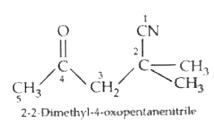
|
|
| 28891. |
The lowest value of heat of neutralization is obtained for |
|
Answer» `HCl+NaOH` |
|
| 28892. |
The lubricating action of an oil is more if it possess: |
|
Answer» High VAPOUR PRESSURE |
|
| 28894. |
The lowest possible alkene with ethyl group as substituent possess mol. Mass : |
|
Answer» 16 
|
|
| 28895. |
The lowest molecular weight alkanes, which are optically active, are: |
|
Answer» 3-methylhexane |
|
| 28896. |
The lowest level ""^(14)C activity for experimental detection is 0.03 dis/min/g of C. What is the maximum age of an object that can be determined by the C-14 method? Use necessary data from previous example |
|
Answer» Solution :From the15dis/min corresponds to `N^(0)` and 0.03 dis/min/g of C corresponds to N. `therefore (N^(0))/(N)= (15)/(0.03)` Let the maximum AGE of the object be t years Thus, `LAMDA= (2.303)/(t) "log" (N^(0))/(N)` `(0.6932)/(5730)= (2.303)/(t) "log" (15)/(0.03)` or `t=5.1 xx 10^(4)` years |
|
| 28897. |
The lowest layer of earth's atmosphere is : |
|
Answer» Troposphere |
|
| 28898. |
The lowest energy conformer of |
|
Answer»
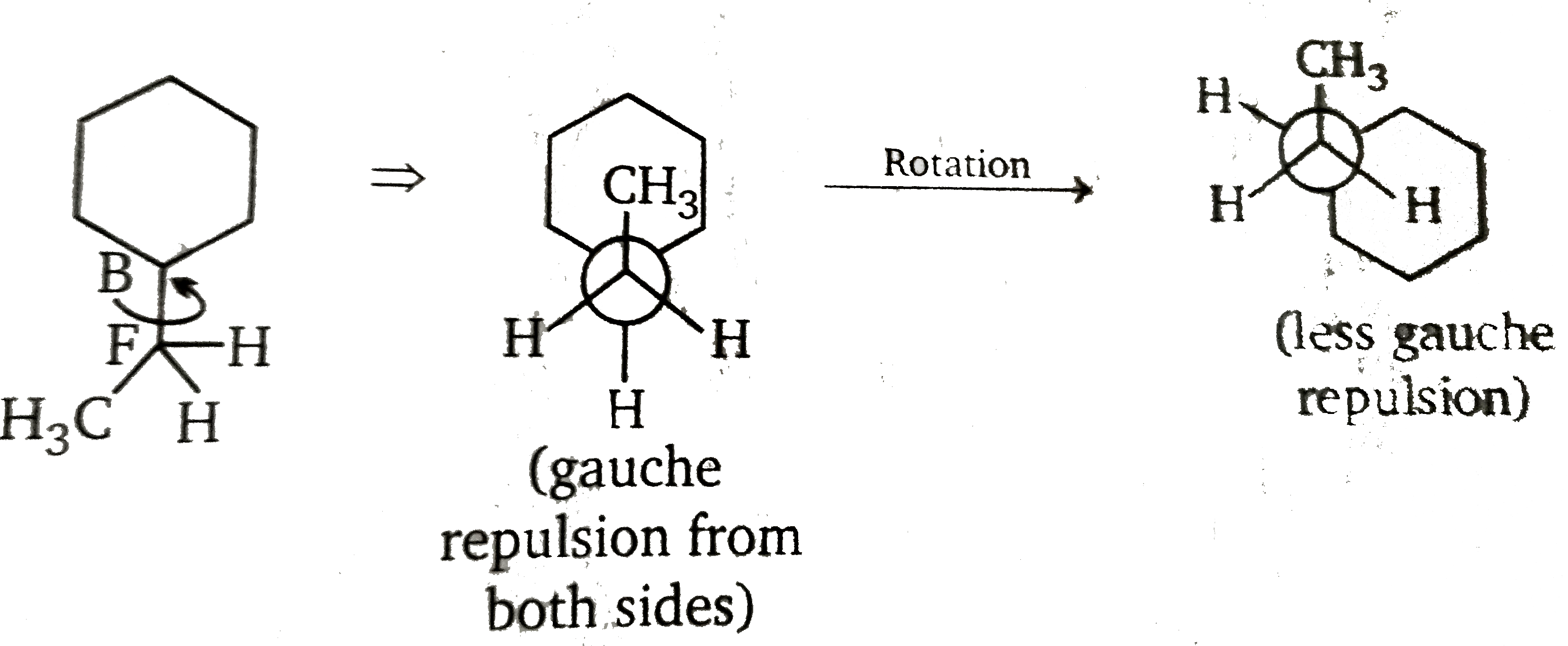 B=Black F=Front |
|
| 28899. |
The lowest degree of permagnetism per mole of the compound at 298 K will be shown by |
|
Answer» `NiSO_(4).6H_(2)O` |
|
| 28900. |
The lowest degree of paramagnetism is shown by |
|
Answer» `MnSO_(4).4H_(2)O` |
|
